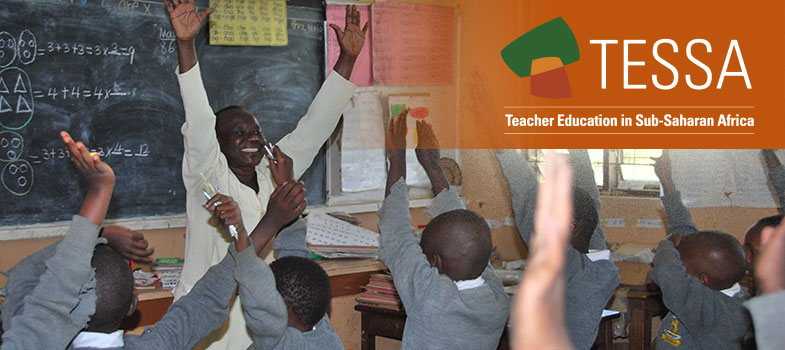2. Turning stories into books
Some kinds of learning, such as learning to play a musical instrument, use a computer or drive a car, require a great deal of practice. As a teacher, you need to give pupils opportunities to repeat and practise what they have tried before so that they can improve on their first efforts. While Activity 2 in this section is similar to the Key Activity in Section 4 , the repetition is important. Pupils will learn that writing is a process and that their written stories, poems and instructions for games will give more pleasure to others if they craft them carefully.
Writing, illustrating and reading these books may take several lessons, but as these activities provide many opportunities for language work, the time will be well spent. You can use Resource 2: A checklist for pupils to help pupils assess their work. Case Study 2 suggests how teachers can make books with pupils who are not yet very skilled as writers.
Case Study 2: Helping beginner readers and writers to make a storybook
Mrs Comfort Akpatsu teaches 60 Class 1 and 2 pupils, in a combined class, at a nomadic school in the Shai Hills. One of her colleagues teaches 48 Class 3 and 4 pupils. Both teachers regularly invite parents into school to tell stories in Ga and Dangbe to their pupils.
Comfort asked her pupils to help her turn a favourite story, which they had helped create, into a book. First she made a big blank book (see Resource 3: Turning pupils’ stories into a ‘Big Book’).
She wrote out the story, using short phrases and sentences. Then she decided where each phrase or sentence should go in the blank book. She used a black wax crayon to write the story in large neat letters, leaving space for drawings.
In class, she held the book up for pupils to see, and read the story with them. She discussed what kinds of pictures were needed on each page. She gave pieces of paper to each pair of pupils, and two pairs of pupils illustrated each of the 15 pages.
She asked pupils to find the right page for each picture, and helped them paste the pictures in.
Activity 2: Crafting first drafts and planning the books:
- Ask pupils in groups of four to read the first drafts of their stories (from Activity 1) to each other.
- Ask them to choose two drafts (from the four) to work on in pairs to improve them. They should use the checklist in Resource 2 to guide their work. Remind them ‘real’ authors revise their work many times.
- Next, ask them to show it to the other pair in their group for further improvements.
- Now collect their work and write on it corrections to spelling, grammar and punctuation.
- Next lesson, give the groups their blank book (see Resource 3) and ask them to do the following:
- plan which sentences go on each page and where illustrations will be;
- decide how to divide the writing and drawing tasks, so that each group member participates.
- Ask them to show you their plan; discuss this and then ask them to carry out their plan.
- With younger pupils, you could write a story together in a big book and then the pupils can do drawings for each page.
1. Showing that you value home languages



